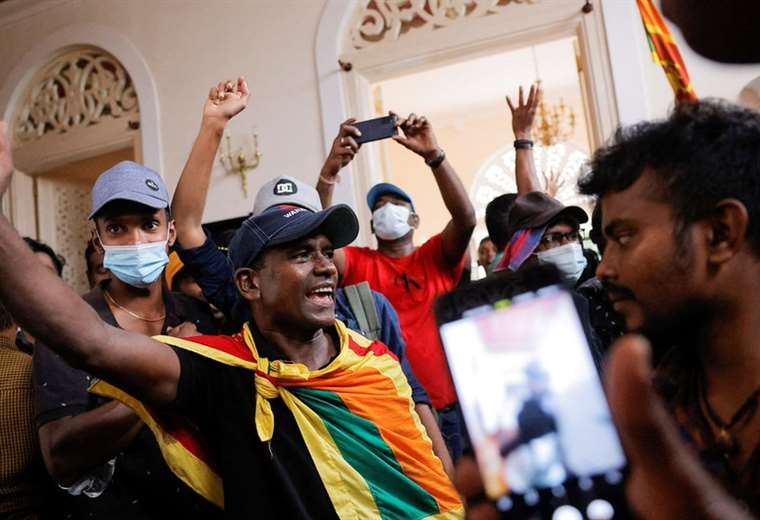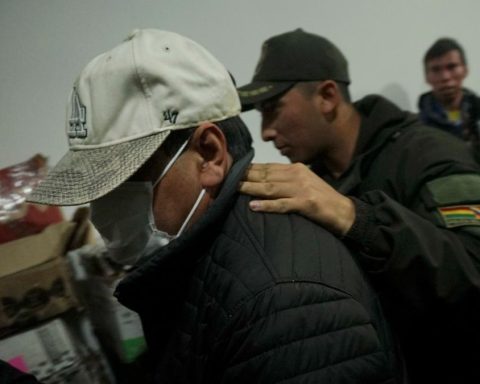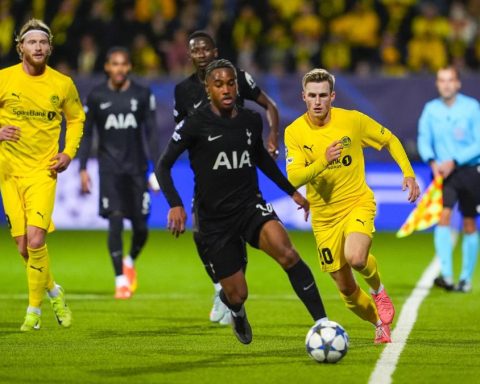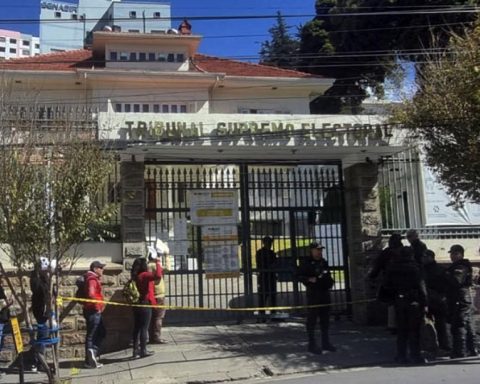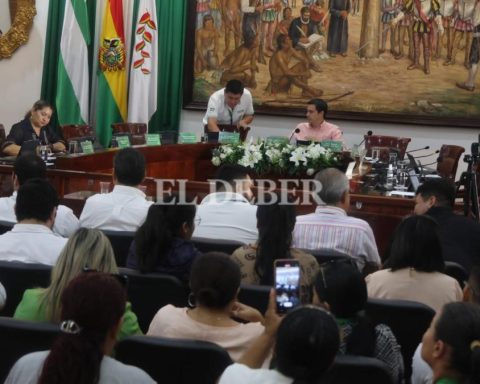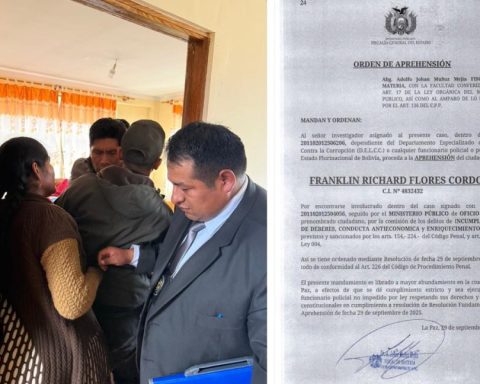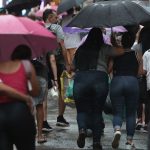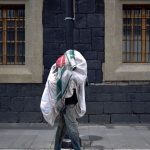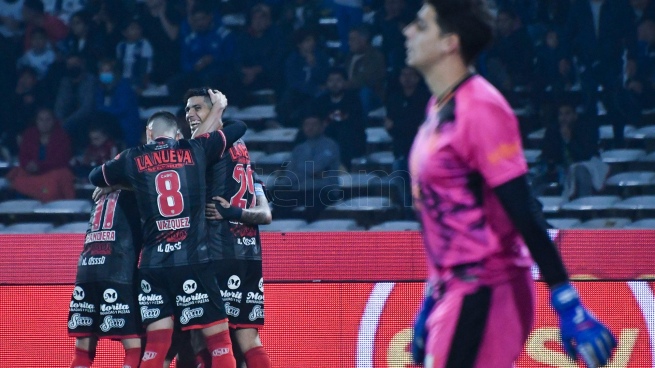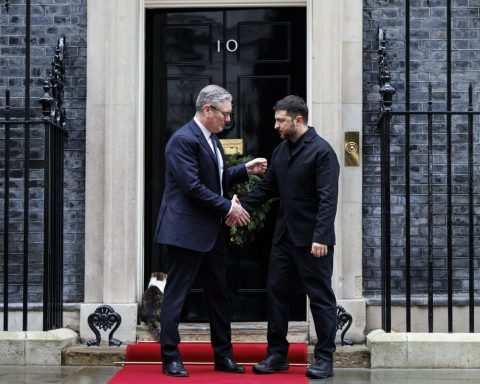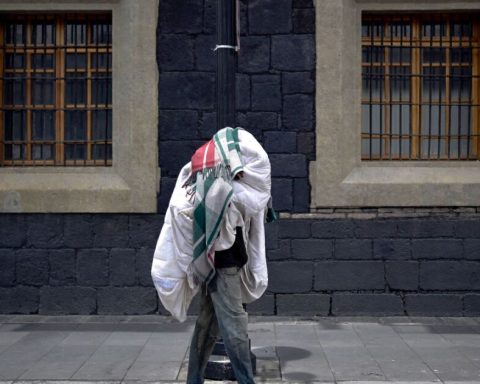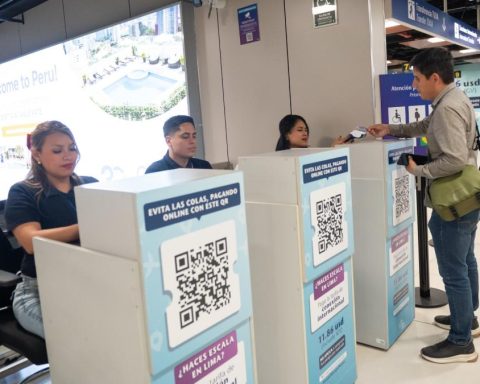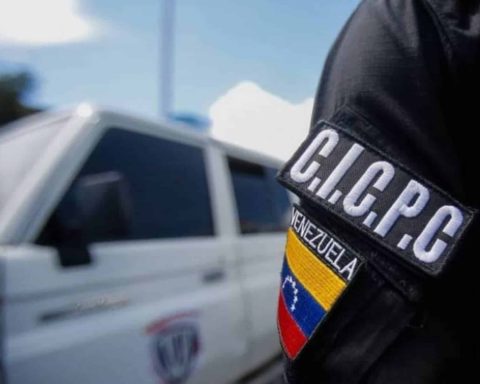July 9, 2022, 10:30 PM
July 9, 2022, 10:30 PM
The small island country of Sri Lanka, south of India, has made headlines this weekend after a group of protesters stormed the presidential residence and set fire to the prime minister’s house to demand a change of government.
Images broadcast globally showed some of the protesters swimming in the presidential pool.
Although neither of the two officials was threatened as they were not in their residences at the time of the attacks, the situation ended in the resignation of President Gotabaya Rajapaksa.
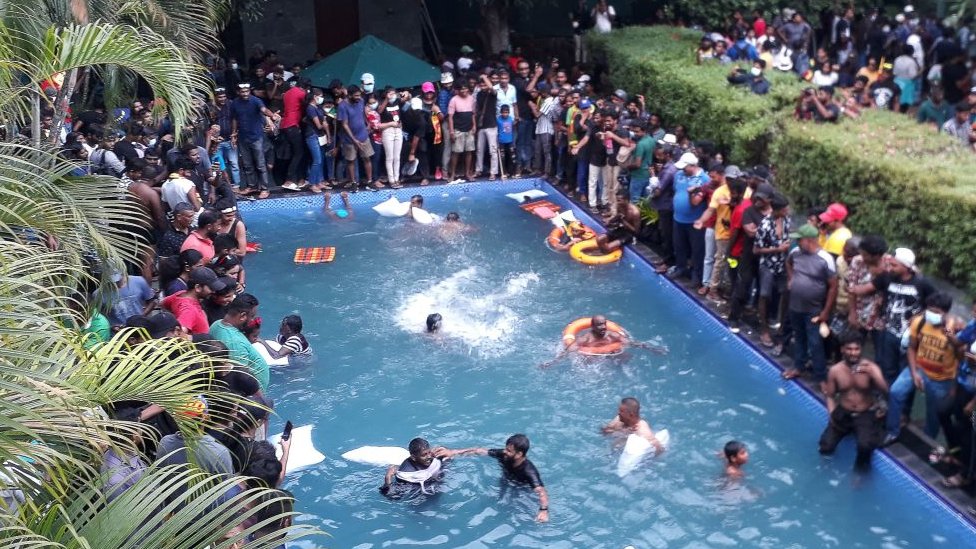
The announcement was made by the speaker of parliament, Mahinda Abeywardana, who assured that the president had resigned to “ensure a peaceful transition of power”. At the same time, the leader of the legislature called on citizens to “respect the law and keep the peace.”
But why is this nation in the Indian Ocean, populated mostly by three distinct ethnic groups, reached such a point of instability?
What was it that happened?
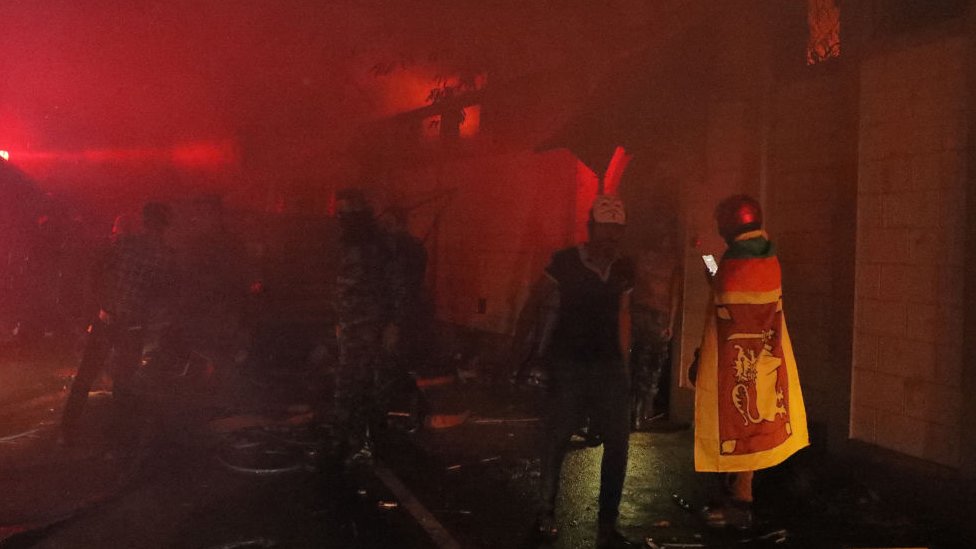
Thousands of protesters from different parts of the country gathered in the capital, Colombo, on Saturday. State agents confirmed to the AFP news agency that some had even “commanded” trains to reach the capital.
President Rajapaksa had left his official residence on Friday as a precaution as protests were announced in the city, defense ministry sources told Reuters.
The BBC has not been able to confirm where the president is currently.
The demonstrators began their advance towards the presidential residence on Saturday morning, going through checkpoints
Hundreds of protesters entered the residence, shouting and waving the national flag.
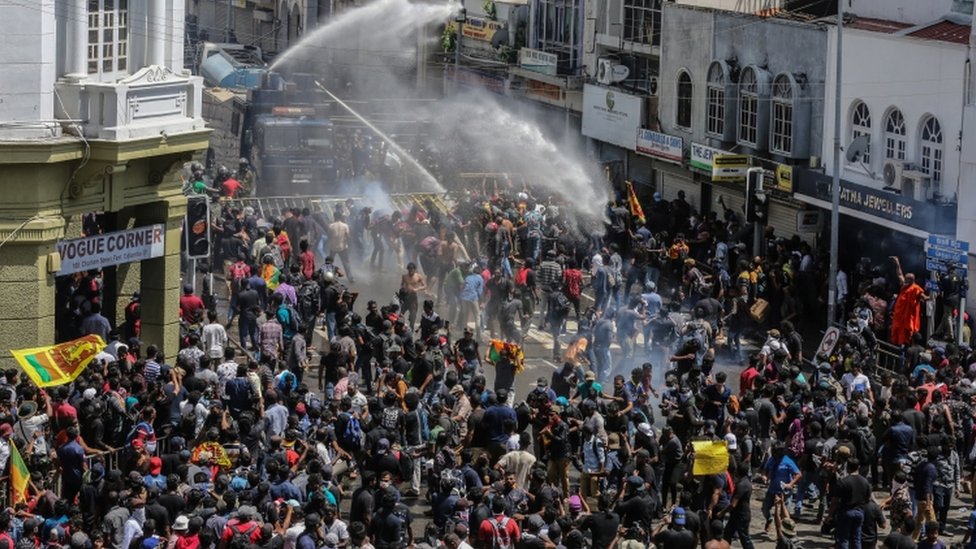
Something similar happened at the Prime Minister’s residence. who, a few hours later, announced his resignation to give rise to a coalition government and protect the security of citizens.
But shortly after the announcement, videos of the minister’s residence on fire. The fire is believed to have been caused by protesters.
Other videos posted on social media showed people loitering around the presidential residence and some swimming in the pool. Others were emptying drawers.
The protests that have been seen worldwide this weekend in the capital, Colombo, have been on the streets for months.

Sri Lanka is currently in a serious financial crisis and does not have access to foreign currencies such as the dollar or the euro. to pay for their imports.
These include food, medicine and fuel.
Less than a week ago, the Sri Lankan government announced that did not have enough foreign currency reserves to import fuel and that the reserves of gasoline and diesel would barely be enough for a few days if the usual level of consumption was maintained.
So, in an attempt to head off the crisis, the authorities implemented a ban on the sale of gasoline and diesel to private consumers, becoming the first country to do so since the 1970s.
This led to Sri Lankan schools having to close, as authorities ask the nation’s 22 million people to work from home.
This at a time when inflation reaches 30%.
Why is there a crisis?
Sri Lanka’s foreign exchange reserves are practically empty.
In May, for the first time in its history, the country failed to pay its foreign debt quota.
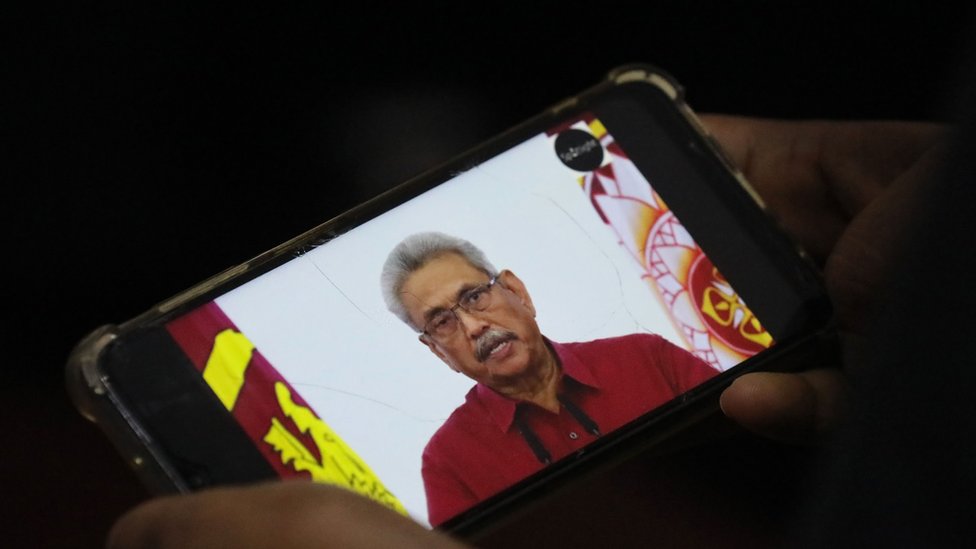
The government attributes the crisis to the coronavirus pandemic, which affected Sri Lanka’s tourism industry, one of its main sources of foreign exchange earnings.
In addition, he also mentioned that tourists are afraid to travel to the country after a series of bomb attacks on churches that took place in 2019.
However, some experts say that the real problem is fiscal mismanagement.
Towards the end of its civil war in 2009, Sri Lanka sought to focus on supplying goods to the domestic market instead of trying to sell their products in foreign markets.
Thus, while export earnings remained low, the import bill continued to rise and the country’s current account deficit widened.
Currently, Sri Lanka imports US$3 billion more per year in products of what it exports. This is why he has run out of currency.
In addition, the government has accumulated large debts with other countries, including China, to fund what critics have called “unnecessary infrastructure projects.”
MMuch of the popular anger over the economic crisis was directed against President Gotabaya Rajapaksa and his brother, Mahindawho was prime minister but resigned from his post in May.
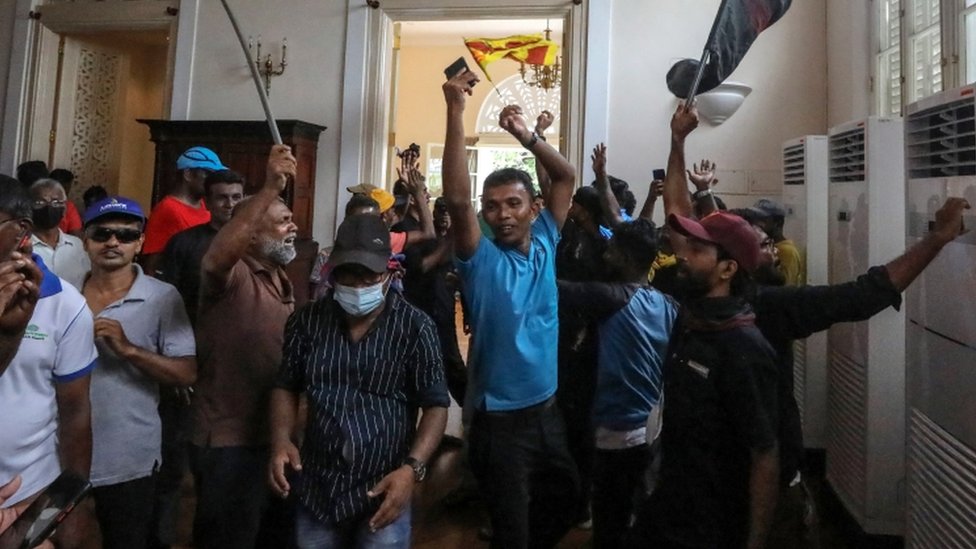
Fall in a day of fury
By Etirajan Anbarasan, BBC News, Colombo
These are extraordinary times in Sri Lanka.
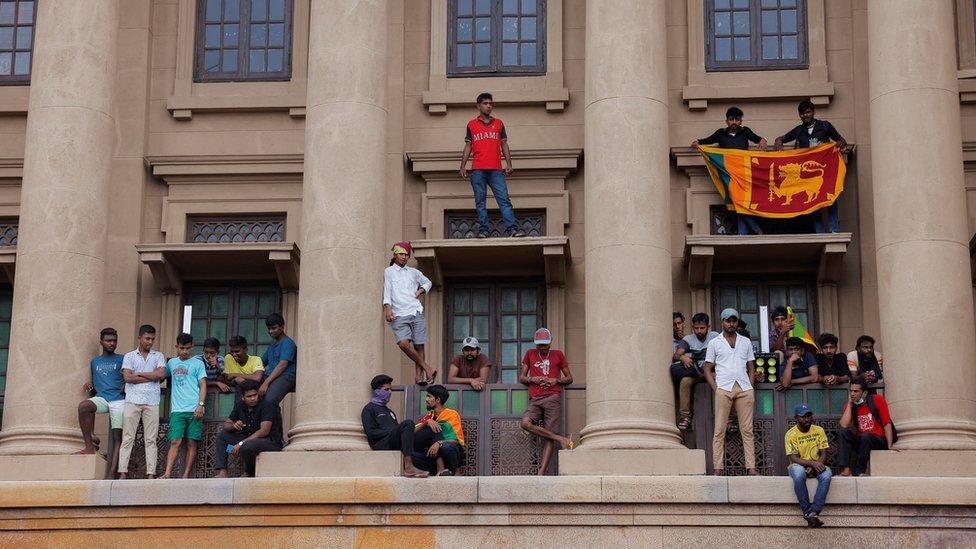
After a day of fury and violence, the two highest-ranking leaders in the country have announced their resignation.
The news sparked jubilation at the main site of the protests in Colombo. Fireworks were heard throughout the city.
I am at the Galle Face protest site where many have begun to return home, though thousands more still remain. Some have been singing and playing musical instruments, celebrating.
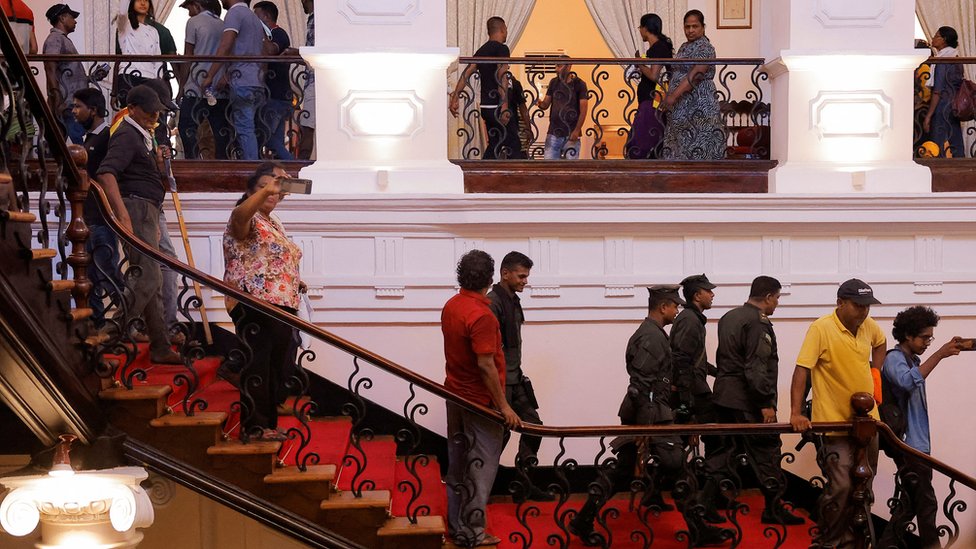
Surprising how the situation has changed. A few days ago, a photo of President Gotabaya Rajapaksa and Prime Minister Ranil Wickremesinghe smiling in parliament circulated on social media.
Many expressed their anger, saying they both looked happy while millions struggled. to eat three times a day. But a week is a long time in politics.
I have seen President Rajapaksa at the height of his power. He was a ruthless man and greatly feared. Nobody, including journalists, would have wanted to see one of his moments of fury.
That the president has now fled his official residence is something dramatic, that It would not have been possible to think a few months ago.
